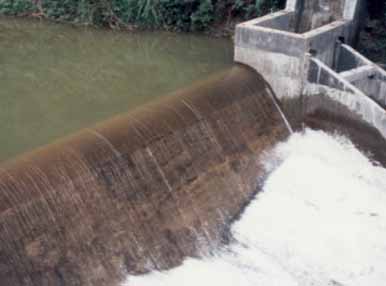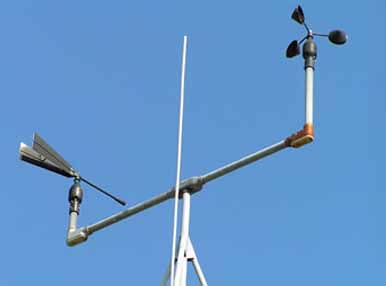
Power Generation and EconomicsRenewable Energy DevelopmentFeasibility Study on a 5 MW Wood-fired Power Plant at Puttalam Cement Works
Holcim (Lanka) Limited owns and operates the only fully integrated Cement manufacturing plant in Sri Lanka. Holcim decided to develop a captive power plant to meet the critical loads in the factory thus enhancing the overall plant reliability level. After studying several fuel options in the pre-feasibility study conducted by RMA, Holcim requested RMA to conduct the feasibility study on a wood-fired power plant.
Based on a detailed analysis of the factory power and energy demand, RMA recommended a conventional steam power plant of capacity 5 MW producing 35 GWh of electricity annually. On the fuel supply side, RMA conducted comprehensive studies to select the most promising short rotation crops for wood fuel, potential for growing them the region and developed the conceptual design of a wood fuel supply chain. Conceptual design of the power plant includes fuel handling system, heat & mass balance, sizing and specifying the boiler, steam turbine, generator and associated auxiliaries. A comprehensive financial model was developed to evaluate the commercial feasibility of the project. RMA also addressed the socio-economic issues and assessed the project risks. The feasibility report has been accepted by Holcim.









